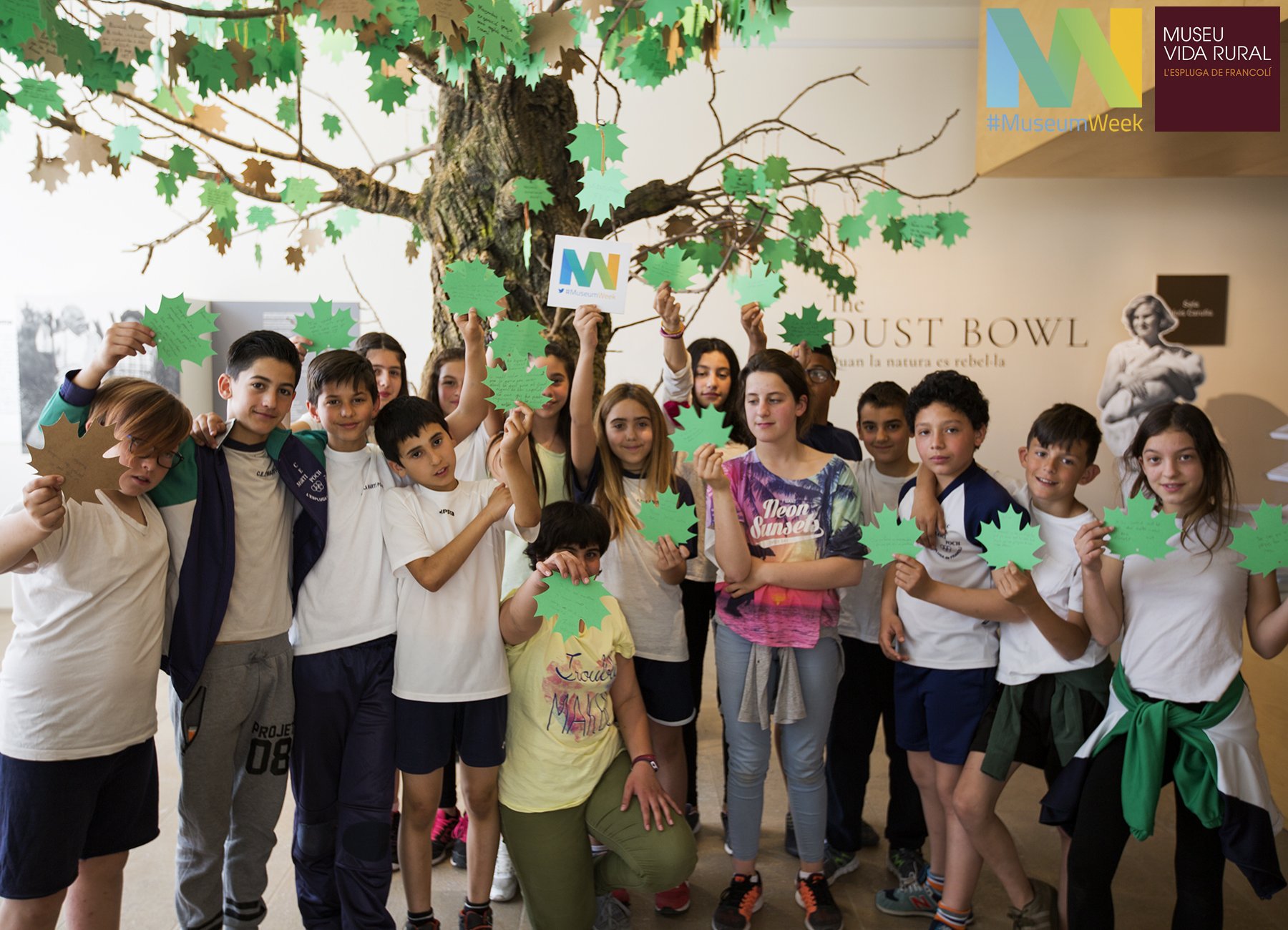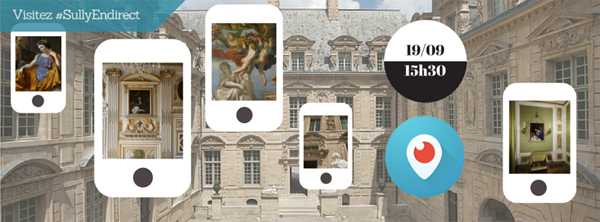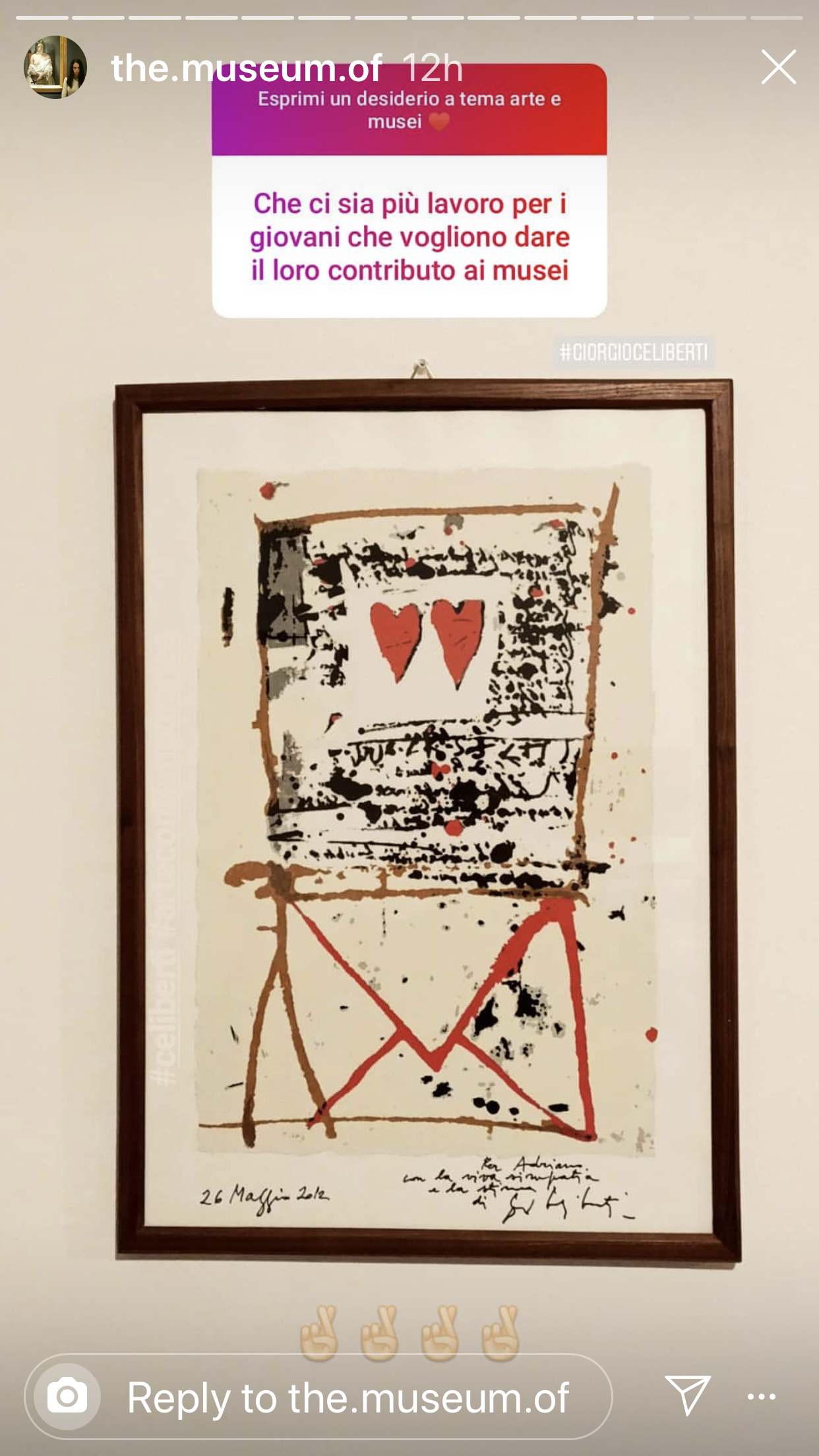You work in what might be called a ‘small’ museum and you aren’t sure whether you should take part in #MuseumWeek? Well stop wondering: whatever the size of your establishment or its human and financial resources, the answer is: yes!
Cultural Swiss-army knives, you can do it!
You’re very often alone or nearly alone in handling visitor reception, tours, the gift shop, accounting, events, communication and sometimes even the cleaning! In short, you’re a true cultural Swiss-army knife. In that case, you may naturally wonder how viable it would be for you to join a new network when you’re already constantly on the go, especially since Twitter can sometimes seem a little disconcerting, we admit. So why dive in at the deep end when you don’t think you can swim?
First of all, don’t worry. Twitter is a very accessible network. Even if you have no idea what ‘hashtag’, ‘LT’ or ‘retweet’ might mean, the purpose of this blog is to provide you with keys to understanding a language that’s a lot less complicated than it looks. What’s more, you can participate to a webinar host by the Twitter France team wednesday March 16th at 10 am. Remember: practice does make perfect, so take the plunge! You’ll find a community of enthusiasts who’ll warmly welcome your first steps as a serial publisher.
Why posting?
If the only reward you’re expecting from an active presence on the social networks is the exponential growth of your visitor numbers, then look elsewhere. While the social networks are undeniably a strong communication tool enabling you to circulate information about your events, temporary exhibitions and any other practical details, the members of the public you’ll reach through these channels will very often already be converts. While the example of the Musée Jeanne d’Albret cannot necessarily be judged typical of all the ‘small’ museums scattered across the world, it shows that the most rewarding and numerous interactions are with followers who have never been to the museum in question and perhaps never will, because of its distance. But does that make the online experience of these people and their discovery of a work or historical fact (or any other content) that the museum has shared any less real, just because it’s virtual? Twitter and the other social networks are primarily mediation tools, as long as they’re used for that purpose.
Small organisation, great possibilities
So what’s the link between the National Navy Museum and one dedicated to the history of Protestantism in the hopelessly landlocked Béarn district? None, you might think. And yet… A provincial museum can often only dream of borrowing a work from a distinguished national collection, but the magical thing about digital technology is that it can break down frontiers that once seemed impassable. It would be impossible to count all the bridges that can potentially be built between our establishments. With MuseumWeek (and beyond!), all you have to do is imagine them.
Museums of the world, whatever your size, unite!
So when it comes down to it, what is MuseumWeek? In fact, it’s a powerful, exhilarating event in which museums from all over the world – whatever their size, resources or types of collection, and whether they are open or closed – share content with their followers (often with a great deal of humour) and each other. If a single event enables every cultural establishment to express itself and make its presence felt without any kind of pecking order, this is the one. There are no ‘big’ or ‘small’ museums in MuseumWeek, only a huge variety of establishments that open their doors wide and join together to spread their cultural message ever more widely.
As they say, size doesn’t matter. So hurry up and join us!
Article written by Charlotte Abadie-Laborde, responsible for Heritage Conservation at the Musée Jeanne d’Albret (Orthez), updated by Julie Scheffer and Louis Jaubertie



